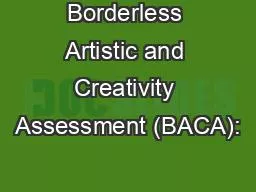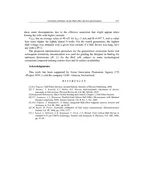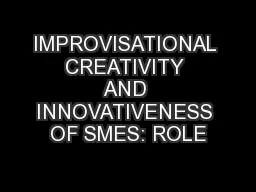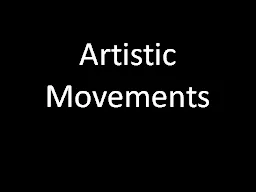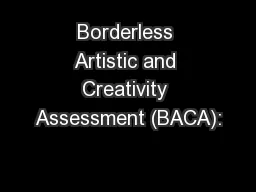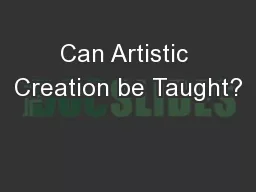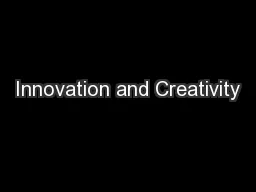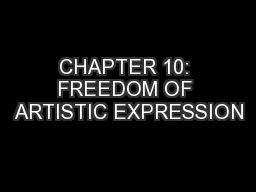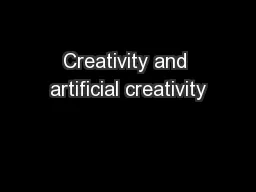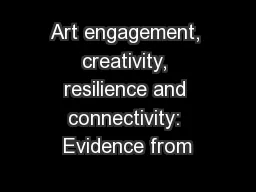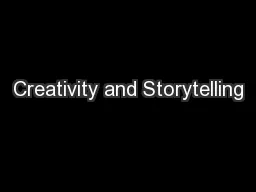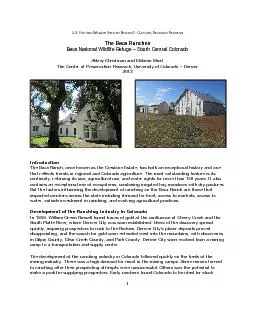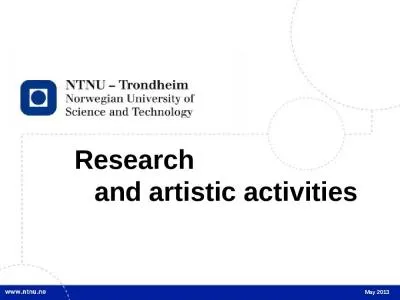PPT-Borderless Artistic and Creativity Assessment (BACA):
Author : stylerson | Published Date : 2020-06-25
A Culturally Proficient Model for Measuring Adult Experiential Learning Marjorie WilliamsCooper University of PhoenixJersey City Campus College of Arts and Sciences
Presentation Embed Code
Download Presentation
Download Presentation The PPT/PDF document "Borderless Artistic and Creativity Asses..." is the property of its rightful owner. Permission is granted to download and print the materials on this website for personal, non-commercial use only, and to display it on your personal computer provided you do not modify the materials and that you retain all copyright notices contained in the materials. By downloading content from our website, you accept the terms of this agreement.
Borderless Artistic and Creativity Assessment (BACA):: Transcript
Download Rules Of Document
"Borderless Artistic and Creativity Assessment (BACA):"The content belongs to its owner. You may download and print it for personal use, without modification, and keep all copyright notices. By downloading, you agree to these terms.
Related Documents

